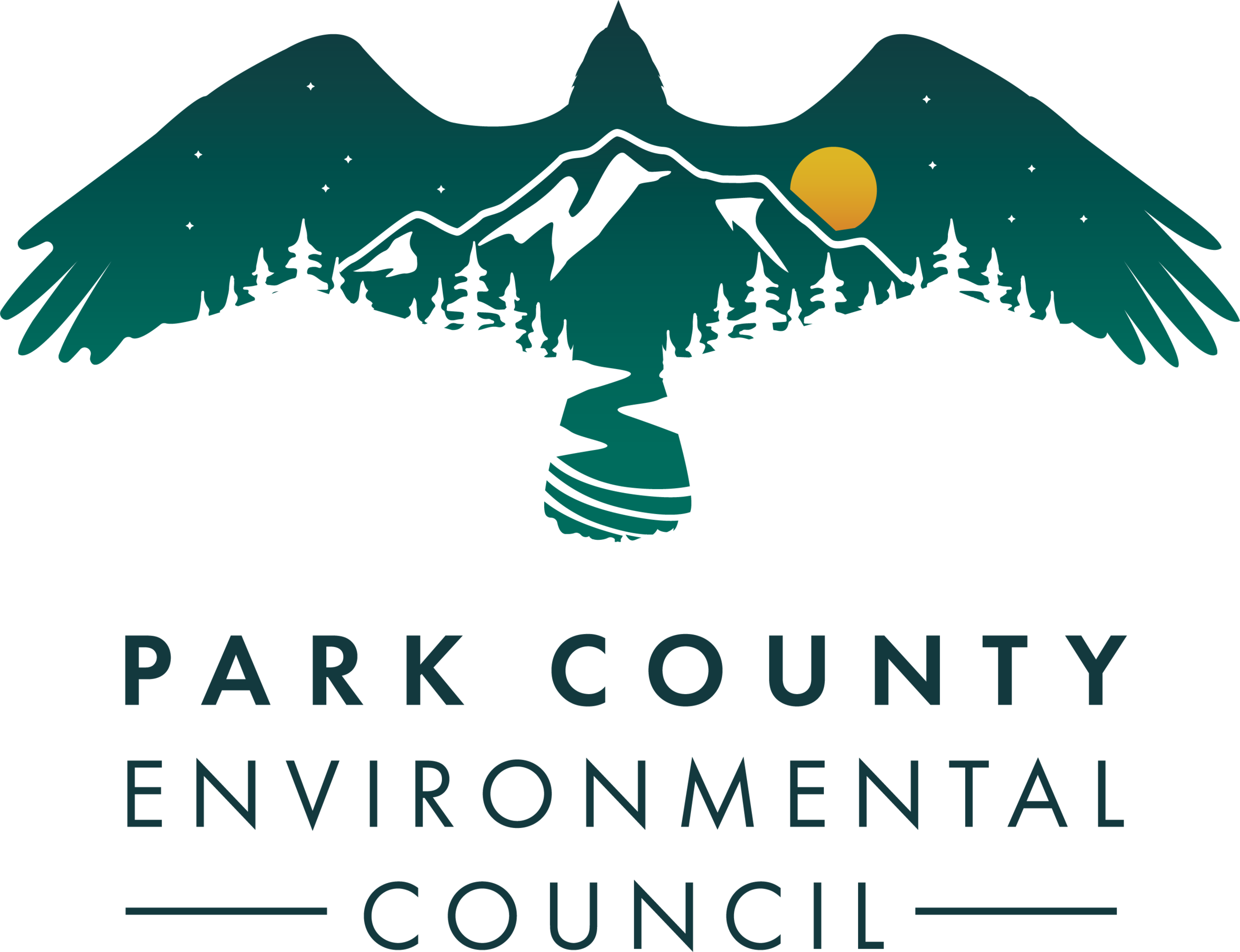Do you #GiveAHoot about Community Resilience?
During Give-a-Hoot, PCEC staff members will be sharing about certain program areas.
Today, we’re highlighting the work of Katherine Fazekas, an AmeriCorps VISTA within the Montana Resilience Cohort, that has been working with PCEC and other partners since August 2022.
Katherine has begun working on the framework for a Community Resilience Plan for Park County that will help us remain resilient in the face of the new climate realities our region is facing, like extreme drought and rain-on-snow flood events. Her work also rightly places importance on centering vulnerable and low-income populations, as these people and wild creatures are most impacted by adverse climate events.
This year, the city of Livingston said that one of its top priorities is resilience planning, showing just how important this work is.
Katherine is also PCEC’s first Barbara Hays Fellow.
PCEC worked with John Heidke to create the fellowship in honor of his late wife, Barbara Hays.
The Barbara Hays Fellow will build upon and expand our Conservation Leadership program, helping provide capacity to address our most complex problems, while receiving technical assistance and support from John in order to build the skills and confidence needed to become one our next generation of leaders.
PCEC will host another VISTA to carry on this essential work after Katherine's term is up in August. Katherine is grateful for her time with PCEC and is excited for her next journey: interning on the Native Cutthroat Trout Restoration project in Yellowstone National Park.
We talked to Katherine about her project. Learn more below!
What is community resilience? What does the planning process entail?
Community resilience is a way for a group of people, in this case people of Park County, to collaboratively develop proactive steps to prepare for the changing climate here in the Greater Yellowstone Ecosystem. That includes both short-term and long-term difficulties like flooding and drought that we have seen and will continue to see.
It is an opportunity for us to look ahead and ask ourselves questions like: How are we going to take care of each other during future shocks and stressors? How can we support our local economies when recreation is changed by less snowpack and warmer rivers? How can we live alongside the water, forest, and wildlife in a warming world? How do we make Park County a happy and healthy place to be for the next generations?
Furthermore, we can incorporate mitigation efforts – ways to decrease the severity of these events before they happen.
Every time I talk to you, you've talked to a new community member. Who have you talked to so far?
I’m trying to get a holistic view of Park County and its vulnerabilities, so I’ve tried to reach as many different perspectives as possible.Community resilience does not just affect the landscape; it affects people. In addition to ecologists, I’ve spoken with local government officials, economists, community organizations like Community Health Partners and the Livingston Food Resource Center, and business owners, too.
When we think about how the climate is going to impact Park County, what are some things we should look out for?
Part of what makes Park County special is the natural systems that exist here, and we need to think about how we live alongside them.
We need to think about where and how we build. We live next to a wild river. We should respect its floodplain. We need to be prepared for more flooding, as it is projected we will see more rain on snow events in the future. We need to think about wildfire risk when we’re building, too. In addition, many people ranch or grow food, and this landscape is likely going to be impacted by more drought.
What have you learned about Park County so far?
From living here myself and from the community members I’ve spoken with, what really stands out is the strong sense of community that exists here. I’ve found it's been easy to quickly form strong bonds, and it seems people really rely on each other.
Another aspect that people value about Park County is the landscape. Whether for recreation or aesthetic beauty, people love the river and mountains here, and the abundance of wildlife we are lucky enough to see on a regular basis.
Finally, I have learned each community is unique. While people from each community tend to love their respective small communities and landscapes, each community has its own personality whether that is Livingston, Emigrant, Gardiner or Cooke City, to name a few.
You can also learn more about Katherine’s project in this YouTube recording of a Community Conversation she led earlier this year.
Donate to PCEC through Give-a-Hoot to help support this work today!

